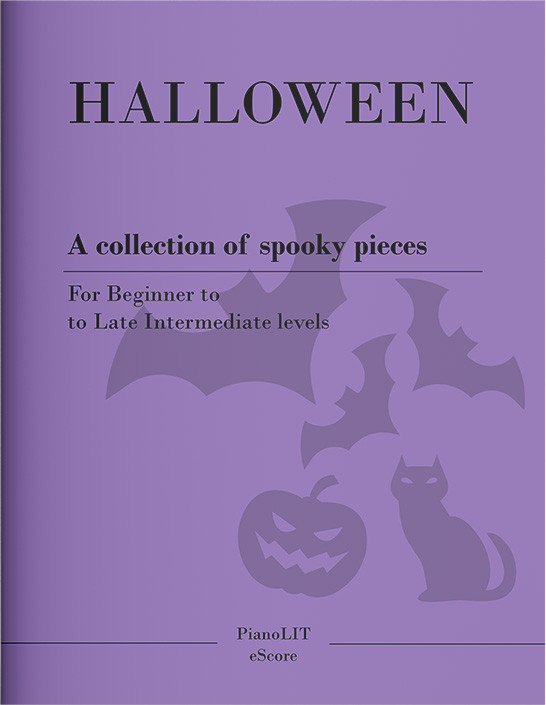Playing Puccini: The Humming Chorus Transcribed for Piano
A closer look at Puccini’s Humming Chorus from Madama Butterfly—a moment of stillness, longing, and fragile hope. This post explores the scene’s emotional weight, musical simplicity, and a rare piano transcription by Puccini’s friend.
Jun 19, 2025 • 5 min read
1250

Want a heads up when a new story comes out?
Some of Puccini’s most powerful moments aren’t found in his grand arias or orchestral climaxes, but in the stillness—in the quiet, almost weightless moments where time seems to pause. One of the most haunting examples of this is the Humming Chorus (Coro a bocca chiusa) from Madama Butterfly.
It’s a single, delicate melody. No words. Just a gentle hum. A lullaby suspended between hope and fate.
The Story Behind the Music
If you're not familiar with the story of Madama Butterfly, here’s a brief overview:
Cio-Cio-San (Butterfly) is a young Japanese woman who marries Pinkerton, an American naval officer stationed in Nagasaki. For her, the marriage is real—rooted in love and trust. For him, it’s a fleeting adventure. After spending one night together, Pinkerton leaves, unaware or perhaps indifferent to the life he’s left behind.
Butterfly waits. For three years, she raises their son alone, clinging to the belief that Pinkerton will return. When he finally does, he brings with him an American wife—and plans to take the child. Devastated, Butterfly blindfolds her son, places an American flag in his hands, and ends her life.

Leopoldo Metlicovitz's art-nouveau poster for the 1904 world premiere of Puccini’s Madama Butterfly
The Scene: A Night Like No Other
The Humming Chorus appears at a pivotal moment in the opera.
Butterfly has just learned that Pinkerton’s ship is returning. Overjoyed, she decorates her entire home with every flower from the garden. With her son in her arms and her maid Suzuki by her side, she ascends the hill overlooking the sea.
There, under the night sky, she waits—watching the horizon for his ship. The music begins.
This night, this endless night, must have been the happiest of her life. For three years she has told everyone he would return—and now, finally, it seems she was right.
Puccini doesn’t just show us this moment—he lets us feel it. That’s what makes the Humming Chorus so unforgettable.
A Rare Piano Transcription
We recently came across a rare and delicate piano transcription of the Humming Chorus by Carlo Carignani, a close friend of Puccini and fellow student at the Conservatory.
It’s a stunning arrangement that captures the original’s quiet emotion, translating its soft, wordless longing into the language of the piano.
The piece begins with a gentle three-note bass figure, repeating steadily like a heartbeat full of hope. Above it, a simple melody unfolds—no ornamentation, just slow, patient steps that seem to pause and breathe between phrases, as if waiting. The most powerful moment arrives at the climax, where the highest note falls, unexpectedly, on a minor chord—a subtle shift that pierces the heart. As the music fades, long sustained tones drift away, echoing the stillness of a night filled with flowers, stars, and dreams not yet broken.
•••
Final Thoughts
In this quiet interlude, Puccini gives us more than music. He gives us a glimpse into Butterfly’s dream—a dream we want so badly to be true.
The Humming Chorus is not just a melody. It’s the sound of hope, sung softly into the night, right before the dawn of heartbreak. And more than a century later, we still feel every note as if it were our own.


